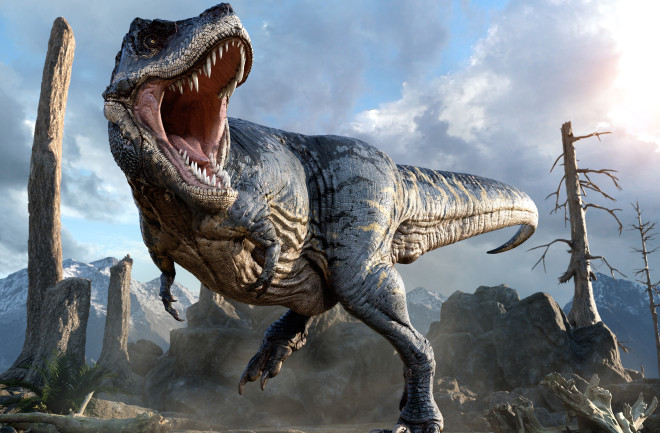For one of the most fearsome beasts to ever walk the earth, the Tyrannosaurus rex certainly gets made fun of a lot: Why did the T. rex have to close up shop? It was short handed. What do you call a T. rex that works in a casino? A small arms dealer. Why did the T. rex go extinct? He couldn’t embrace change.
Why Did T. Rex Have Such Tiny Arms? To Keep Them Out of the Way
A new paper suggests that the apex predator's weirdly short forelimbs may have helped reduce the risk of bites during feeding frenzies.
Apr 29, 2022 11:00 AMJun 22, 2023 3:44 PM

(Credit: Warpaint/Shutterstock)
Newsletter
Sign up for our email newsletter for the latest science news
0 free articles left
Want More? Get unlimited access for as low as $1.99/month
Stay Curious
Sign up for our weekly newsletter and unlock one more article for free.
View our Privacy Policy
Want more?
Keep reading for as low as $1.99!
Already a subscriber?
Find my Subscription
More From Discover
Stay Curious
Subscribe
To The Magazine
Save up to 40% off the cover price when you subscribe to Discover magazine.
Copyright © 2025 LabX Media Group
